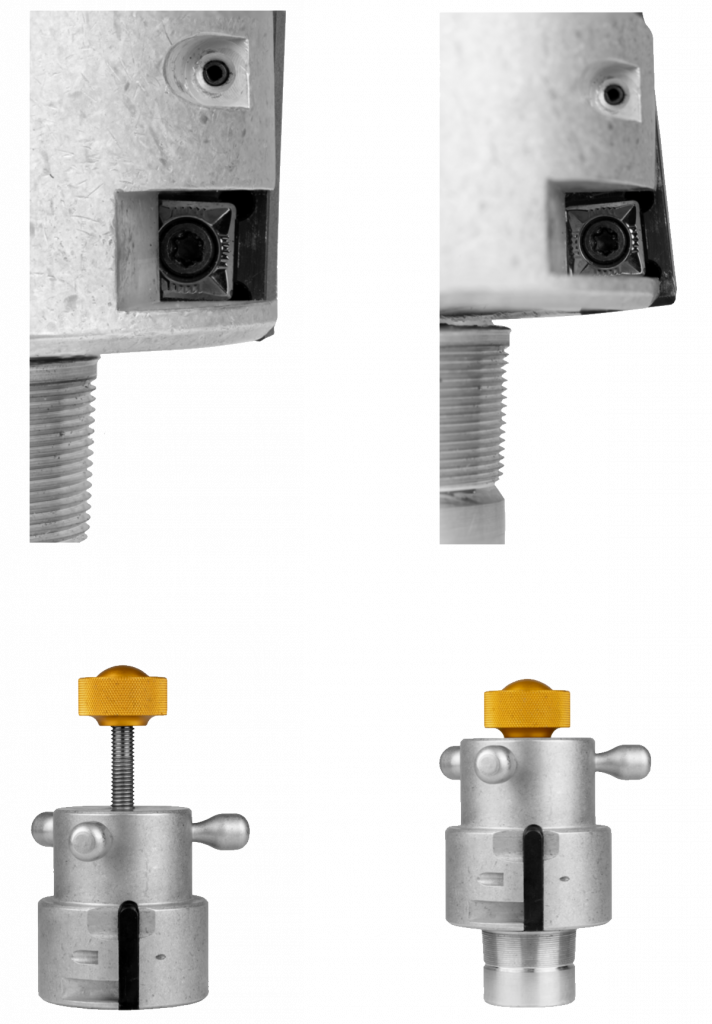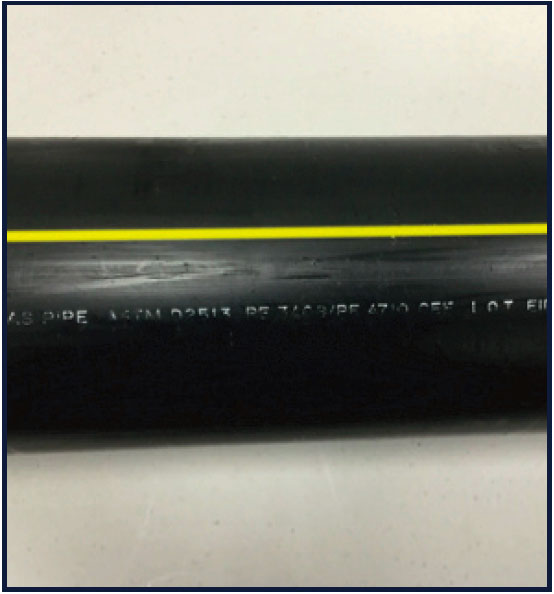Home » Tubing Scraper
The “Tubing Scraper” is intended for use in the preparation of polyethylene pipe prior to performing an electrofusion.
These tools peel a “ribbon” of oxidized polyethylene material off of the pipe to expose the virgin material beneath the surface. This booklet will help you understand the safety, functionality, and maintenance for this line of tools.
It is the responsibility of the end user to ensure the tool is functioning properly and that proper electrofusion protocols are followed.
Prior to using your Tubing Scraper, verify the following parameters;
NOTE – If any of the aforementioned items fail, do not use the tool, take corrective action

Prior to installing a Tubing Scraper make sure the pipe has been properly prepared.

Before you install your Tubing Scraper, verify that your tool is the appropriate size for the pipe you are about to scrape.

Once the tool is installed properly, rotate the tool around the pipe.

Your Tubing Scraper Tool should be periodically checked for visible wear and tear. Although many of these items are covered in the operating instructions, the following list of items will assist in keeping your tools operating properly.
Blade Replacement/Rotation
The Rotary Scraper blades are 4 sided and can be rotated if they become dull. The procedure for rotation and replacement is the same.
DO NOT OVERTIGHTEN THE BLADE SCREW. OVERTIGHTENING MAY RESULT IN DAMAGE TO THE BLADE HOUSING AND CAUSE THE SCRAPER TO SKIP
Pipe Size Range
Material Removal Range – 1 Pass
1/2″ CTS
.008″ – .012″
1/2″ IPS
.008″ – .012″
3/4″ IPS
.008″ – .012″
1″ CTS
.008″ – .014″
1″ IPS
.008″ – .014″
1-1/4″ CTS
.008″ – .014″
1-1/4″ IPS
.008″ – .014″
2″ IPS
.008″ – .016″
Our facility is technically sound and meets all the criteria you’d expect from a top-class machining location. Our innovative machines continue to produce cost-effective, accurate measurements and cuts, making turnaround a quick and easy process. And with a spacious warehouse we’re ready to handle high demand large projects, and are refined enough to make precise measurements for even the smallest of projects.